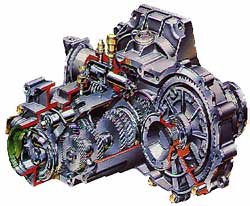
|
Words: Rob Bell; |
| Contents |
Introduction | Deciphering the Gearbox Code | Gearset | Final Drive | Speedo Drive | Clutch Operation | Uprated | LSDs | Conclusions | Further reading |
 |
The PG1 Gearbox –
demystifying the codes and ratios
|
The Rover PG1 gearbox has been manufactured over a number of decades and in that time fitted to millions of vehicles, ranging from the humble to the more exotic. Given that this means that the gearbox has been used in conjunction with a range of engines, from low-powered Carb-fed S-series engines to high power, high-torque 2.5 litre KV6 and 2.0-litre T16 turbo engines, you can imagine that there is not a "one-size fits all" where it comes to gear ratios. Or to final drives, or speedo drives come to that! Moreover, you can get your PG1 gearbox in different clutch operation flavours too – with multiple cable and hydraulic options having been available over the years. For those contemplating building a "special" or a transverse-engined kit car, this is a boon: there are a great deal of options available, potentially off the shelf, to suit any application. Of course, for MG owners, we’re a little more interested in what we can fit to our cars to either improve performance or economy.
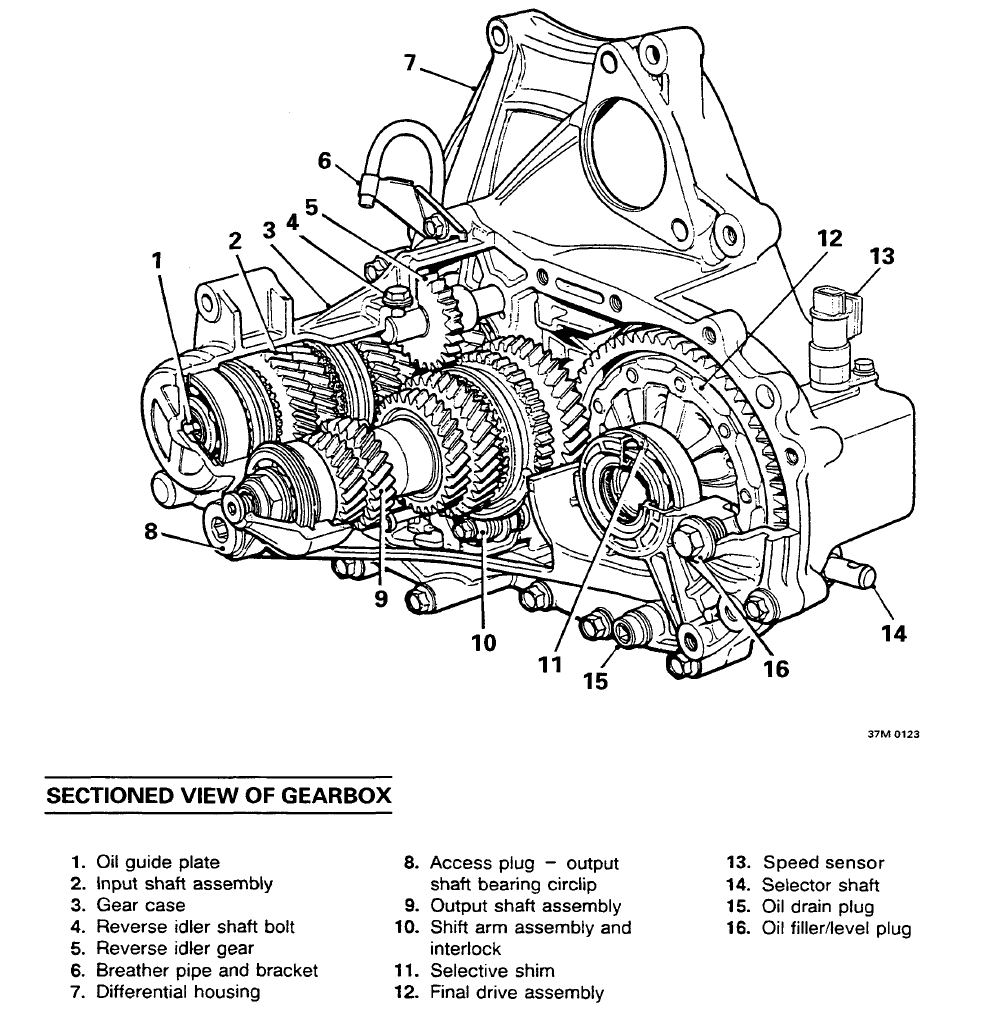
The PG1 gearbox was manufactured by Powertrain Limited during the MG-Rover era – and its production was latterly shifted to Nanjing, China (and duplicated in Shangahi by SAIC). It is a five-speed constant mesh gearbox, which employs helical gears for speed transmission and final drive. The transmission castings are full aluminium construction and all other components optimised for improved weight (36kg dry). The gearbox can be supplied with either a standard open differential or a Limited Slip Differential (LSD), the Torque sensing Torsen differential in either Type A or stronger Type B configuration (MG-Rover# TBB100550). Other LSD differentials are available from Quaife – namely the ATB (QDF28K).
With such a long production run, you probably will not be surprised to hear that there are more than one specification of PG1 gearbox – and I am not talking about PG1’s cousin, the PG2 – a strengthened version fitted to V6-engined Rover 800 in the early 1990s. Standard Rover-built gearboxes use plastic-caged bearings, but there are up-rated versions with steel-caged bearings or versions featuring stronger internals, an extra bearing on the layshaft and increased journal sizes. These uprated gearboxes gain an extra letter on their identity code which we will come to shortly.
Deciphering the gearbox code
Let’s look at an example. The code is typically displayed on a label, which on later versions also include a bar-code, found on the webbing on the side of the gearbox casing. A typical code found on an MGF would be:
C6BP
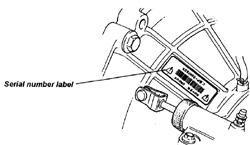
The C6BP gearbox is the gearbox fitted to standard 120PS 1.8 MPi MGFs – the 135PS and VVC use the C4BP. What does the code tell us?
Helpfully, quite a lot.
The first letter is the gearset code – in this case, gear set "C". Notice that all MGF/TF manual gearboxes use the same gearset – be that the humble 1.6 to the range-topping 1.8 160
PS VVC. Inevitably, there are other gearsets available; of interest, the close ratio (CR) gearbox fitted to the Lotus Elise uses the "B" gearset.– but this is certainly not the only option! These and the other available gearsets are listed in the table opposite. Thanks to the modular design of the gearbox, various final drive ratios (see below) and multiple 1st to 5th gear ratio permutations are available resulting in over 21 ratio combinations – and it is even possible to "pick n mix" ratios (to an extent) to make a custom ratio set if you can’t find a suitable gearbox (close ratio 1st – 4th and an overdrive 5th being a common build specification for track-biased cars).Final Drive ratio
The next character is a number. The example here is a "6" – but the VVC and TF136 have a "4". This number equates to the final drive ratio. The "6" is a 3.938:1 and the "4" a 4.200:1. The ratio represents the number of revolutions from the gearbox output shaft to the number of revolutions of the drive shafts – so the higher the first number, the faster the acceleration, but the lower the maximum theoretical speed. Or put another way – for any particular road speed, the engine will be turning faster. Both higher and lower ratios are available, as shown in the table opposite.
The next two letters ("BP") of the example above are always the same for all MGF/TFs.
Speedo Drive ratio
The "B" presents the speedo drive ratio fitted to the gearbox. This takes into account the calibration of the speedometer fitted to the car and the rolling circumference of the road wheels – and there are a total of 5 different options (listed below). Unfortunately I haven’t yet got a full database of all the ratios used in the PG1, but below shows the selection, the cars the speedo drive ratio was fitted to, and as a guide, the tyre size and profile fitted to the respective vehicles when new, to give an indication of the rolling circumference:
| Speedo drive code letter | Ratio | Cog teeth/ description | Original application: Tyre Size |
| A | ?????:1 | 39/? teeth, metal drive cog | Maestro/ Montego |
| B | 1. 150:1 | 23/20 teeth, cream/yellow drive cog | MGF/TF: 205/50R15 to
215/40R16 (Also used for Rover 200/25, MGZR, Rover 400/45, MGZS and Lotus Elise) |
| D | 1.238:1 | 26/21 teeth, black drive cog | Rover 800: 195/65R15 to 215/45R17 |
| E | 1.409:1 | Land Rover Freelander: 195/80R15 to 215/65R16 | |
| F | ?????:1 | 26/? teeth, black drive cog | Rover 600: 185/70 R14 to 205/55 ZR16 |
Clutch release option
The final character of our example alphanumeric sequence is the letter "P". This is the description of the clutch release mechanism. "P" is unique to the mid-engine cars (MGF, MGTF and Lotus Elise), but there are in total 7 different options that encompass both cable actuation and hydraulic.
Other code characters
If you are looking at a gearbox from another vehicle in the Austin Rover, Rover Group or MG Rover range, you may find up to three additional letters.
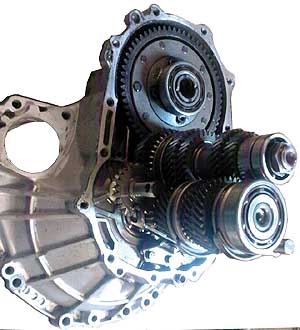 Up-rated
Gearbox options
Up-rated
Gearbox options
A "U" indicates that the gearbox is of an up-rated specification – and these are typically fitted to forced-induction (turbo-charged) petrol and diesel engines – and may also feature a Laminova-type transmission cooler. Rated with a maximum torque rating of 177 ft.lb, U-Spec boxes offer the following additional features over the standard:
An alternative gearbox was fitted to turbo-charged cars was the "X" specification PG1 (as found on the Rover 220 Tomcat, typically in conjunction with the TorSen type A LSD). This is similar to the "U" specification PG1, but used the standard journal for the mainshaft bearing. It had a lower torque limit of 155 ft/lb.
Other Up-grades
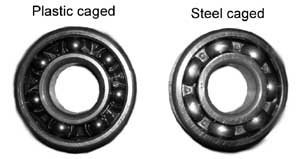 Both
"X" and "U" gearboxes – and of course the standard PG1 gearboxes destined
for normally aspirated engines - can be up-rated with the use of steel-caged
shaft bearings – which is probably worth considering for a highly modified
car.
Both
"X" and "U" gearboxes – and of course the standard PG1 gearboxes destined
for normally aspirated engines - can be up-rated with the use of steel-caged
shaft bearings – which is probably worth considering for a highly modified
car.
Interestingly, earlier Honda-built PG1 gearboxes (identifiable by a gold gearbox code label) used steel-caged bearings as standard – but presumably Rover felt plastic did the job and was cheaper?
Limited Slip Differentials
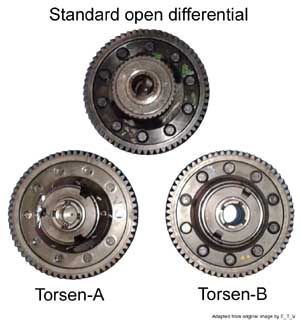 The
standard differential is a conventional "open" differential, but there were
other options here that were and are of interest to the car modifier. After the
clutch operation option/ up-rated gearbox identifier, the next letter may be a "T"
– and if you have a "UT" box, then that is a good thing, because not only is the
gearbox uprated, it has a TorSen LSD fitted for good measure ("T" for
TorSen, presumably).
The
standard differential is a conventional "open" differential, but there were
other options here that were and are of interest to the car modifier. After the
clutch operation option/ up-rated gearbox identifier, the next letter may be a "T"
– and if you have a "UT" box, then that is a good thing, because not only is the
gearbox uprated, it has a TorSen LSD fitted for good measure ("T" for
TorSen, presumably).
Note that there are two types of TorSen LSD fitted into PG1 gearboxes: a Type A and a Type B. The latter is felt to be the stronger, and was typically fitted in the "U"-spec PG1 ‘boxes found on 620Ti and 820 Vitesse models.
If you are holding the TorSen in your hand, then you can also do a quick visual inspection to identify which version you have: the Type A has a metal disc occluding the input spline, whereas the Type B is open - and note too that the Type A has three indents circumferentially, whereas the Type B has two.
Incidentally, if you are lucky enough to find a Lotus ‘box with a letter "Q", then you have a ‘box fitted with the Quaife ATB LSD ("Q" for Quaife, presumably – which is at least logical!)
Mystery character?
I have seen one other letter – an "H" – applied to a Rover "UT" box, and frankly I haven’t a clue what that means. Answers on the back of a postcard to the usual address for that one I think.
The PG1 is a robust gearbox, that is almost bullet-proof in the MGF/TF. For those wanting to push the envelope of power and torque, not only are different gear ratios available to suit the power delivery of the modified engine you are planning to fit, but also there are more robust gearboxes that can be used with higher torque limits. Most MG owners may never open a gearbox in anger – but you may find it comforting to know that the PG1 is a flexible platform for modification should the urge ever arise. A platform that also includes the amazing Quaife 6-speed Squential option - if your pockets are deep enough!
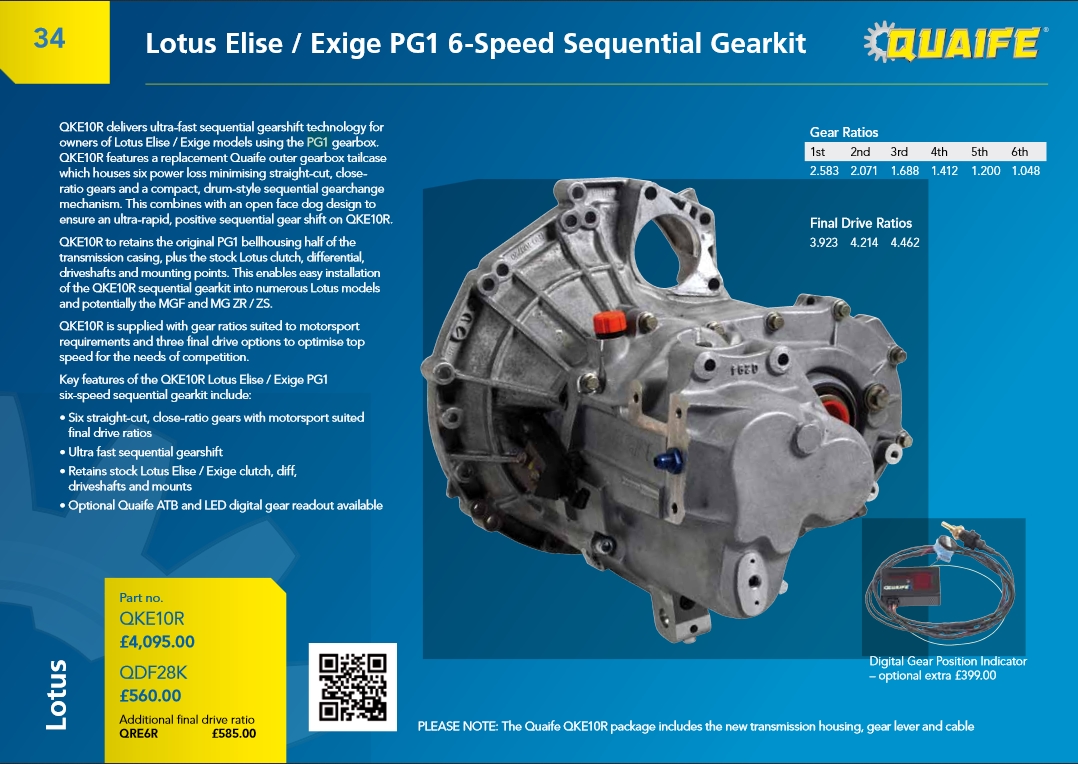
Here are some useful extra reading links I found which you may be interested in:
Fitting a Torsen LSD into a PG1 diesel box: http://forums.mg-rover.org/showthread.php?t=276469
How to replace bearings in a T16 PG1 box:
http://www.rovertech.net/forum/viewtopic.php?f=4&t=91477http://www.rovertech.net/forum/viewtopic.php?f=4&t=94535
http://www.rovertech.net/forum/viewtopic.php?f=4&t=97057
Vehicle application list for PG1 gearbox, circa 2001:
